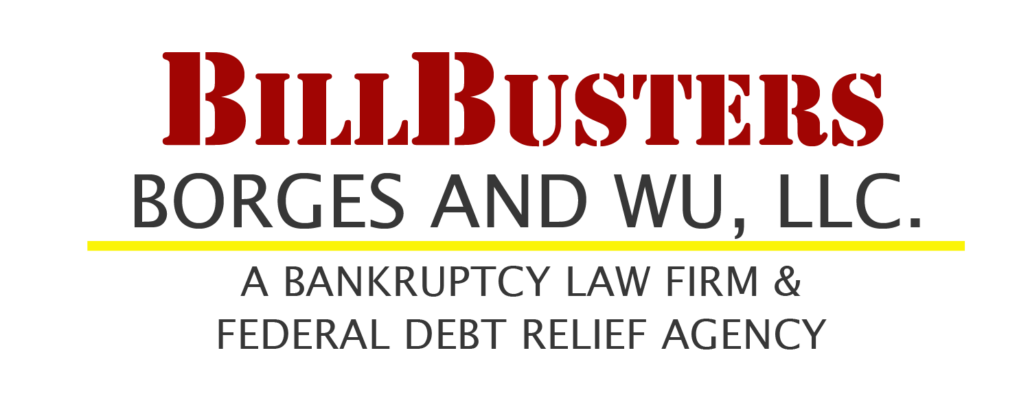However, it is important people to select the best options for their particular situation. There are a few key factors to consider when choosing the right assistance for you.
Process
Depending upon what part of the foreclosure process an individual is in, certain options may not be available. Therefore, it is important people take the time to understand the foreclosure laws. Knowing there is still time to get back on the right financial footing can help to create peace of mind as well.
Eligibility and guidelines
Those who qualify for one type of assistance do not automatically qualify for all of them. It is important to understand the eligibility requirements for each type of assistance. Also, certain types of assistance may have specific guidelines. For example, individuals must meet certain requirements to obtain and maintain a forbearance. This knowledge is critical, and it is important to fully understand what the guidelines require and if homeowners are able to meet them consistently throughout the course of the assistance program.
Counsel
A proper attorney can be very helpful in securing mortgage assistance that truly helps homeowners retain their homes while rebuilding their financial property. For the greatest level of effectiveness, individuals should find attorneys with certain characteristics, including:
- Positive reputation
- Relevant experience
- Strong communication skills
These are a few of the main things to look for in an attorney for any case. The individuals must work closely with the attorney during this process, so it is undoubtedly beneficial for them to choose counsel they feel they can trust.
A pending foreclosure may be resolved with the right mortgage assistance plan. By acknowledging and accounting for these factors, homeowners set themselves on the right track to select and implement the best mortgage option for their situations.
